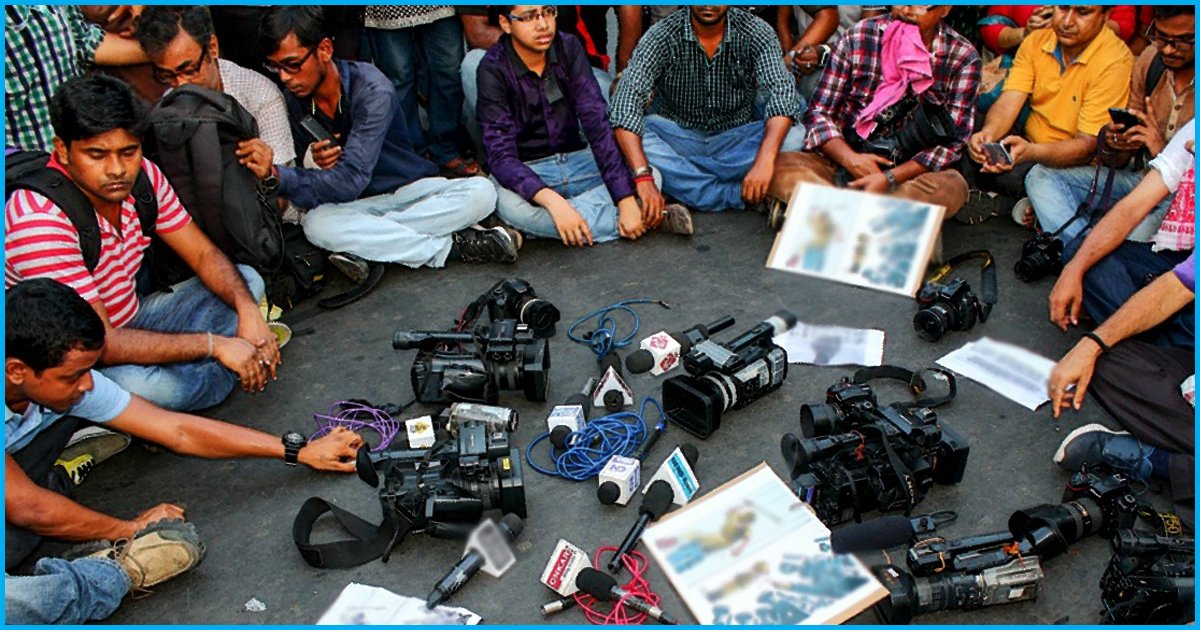
Govt Withdraws Order Suspending Journalists' Accreditation For Propagating Fake News
3 April 2018 12:42 PM GMT
The government has withdrawn the order issued by the Information and Broadcasting Ministry last night that said a journalist’s accreditation would be suspended or permanently cancelled if found that they “created and/or propagated” fake news.
As reported by The Indian Express, a press release on Monday evening stated that the Press Council of India and News Broadcasters Association (NBA), the two regulatory bodies for print and television media respectively, will determine whether the news is fake or not. The I&B Minister stated that these bodies were not “regulated/operated” by the government.
Now, PM Modi has withdrawn the order saying that the issue of fake news must be left to agencies such as the Press Council of India, reports India Today.
The withdrawal comes after the government’s guidelines were met with massive criticisms from journalists across the country.
Earlier order
Although I&B Minister Smriti Irani made it clear that the regulatory bodies – PCI, NBA – were not operated by the government, it is her Ministry that defined the punishment for fake news. However, it is to be noted that the definition of fake news is not yet clarified by the government.
Once a complaint is registered for “determination of fake news,” the Ministry’s statement said the accreditation of the journalist who “created and/or propagated the fake news” will be “suspended till such time the determination regarding the fake news is made by the regulating agencies mentioned above”, reported The Indian Express. They also said that the determination of the fake news would be done within 15 days.
According to the guidelines, if the allegation of fake news is proved to be correct, then in the first instance the journalist’s accreditation would be suspended for 6 months. In the second instance, it would be cancelled for 1 year. In case of a third violation, his or her accreditation would be cancelled permanently, the information and broadcasting ministry said in a release.
A journalist is accredited to the Press Information Bureau of the Centre after five years of experience. For freelancers, it is 15 years of experience.
The ministry said that while examining the requests seeking accreditation the regulatory agencies “will examine whether the 'Norms of Journalistic Conduct’ and 'Code of Ethics and Broadcasting Standards’ prescribed by the PCI and NBA respectively are adhered to by the journalists” and it would be “obligatory for journalists to abide by these guidelines”.
 All section
All section













